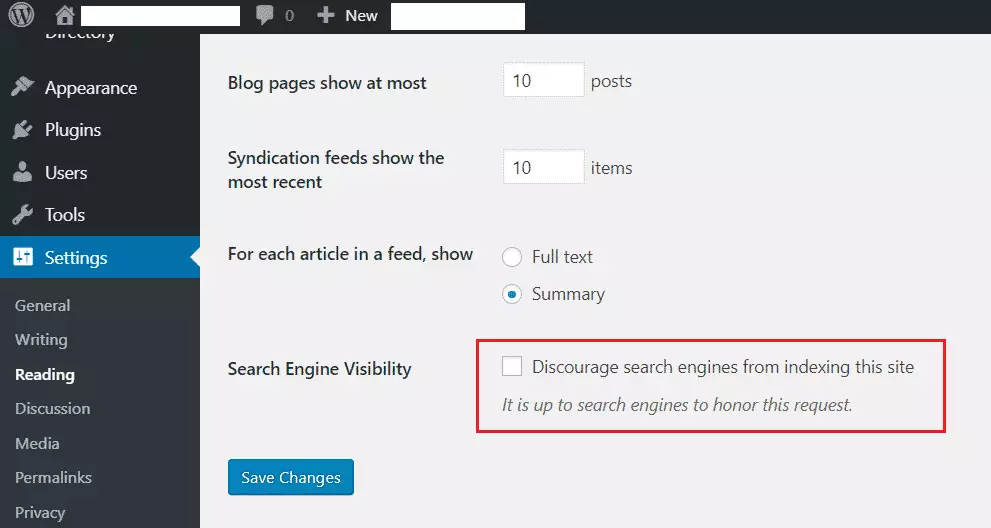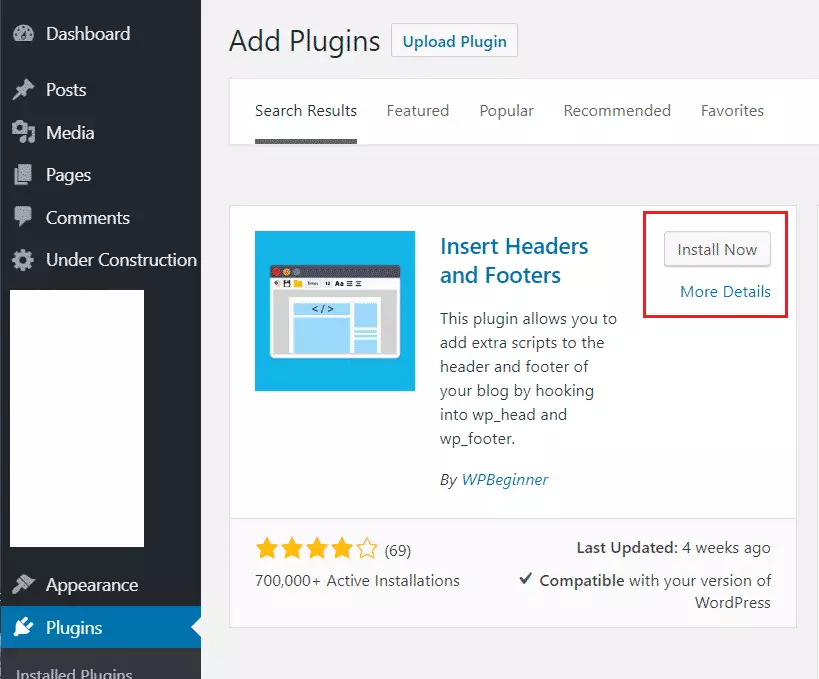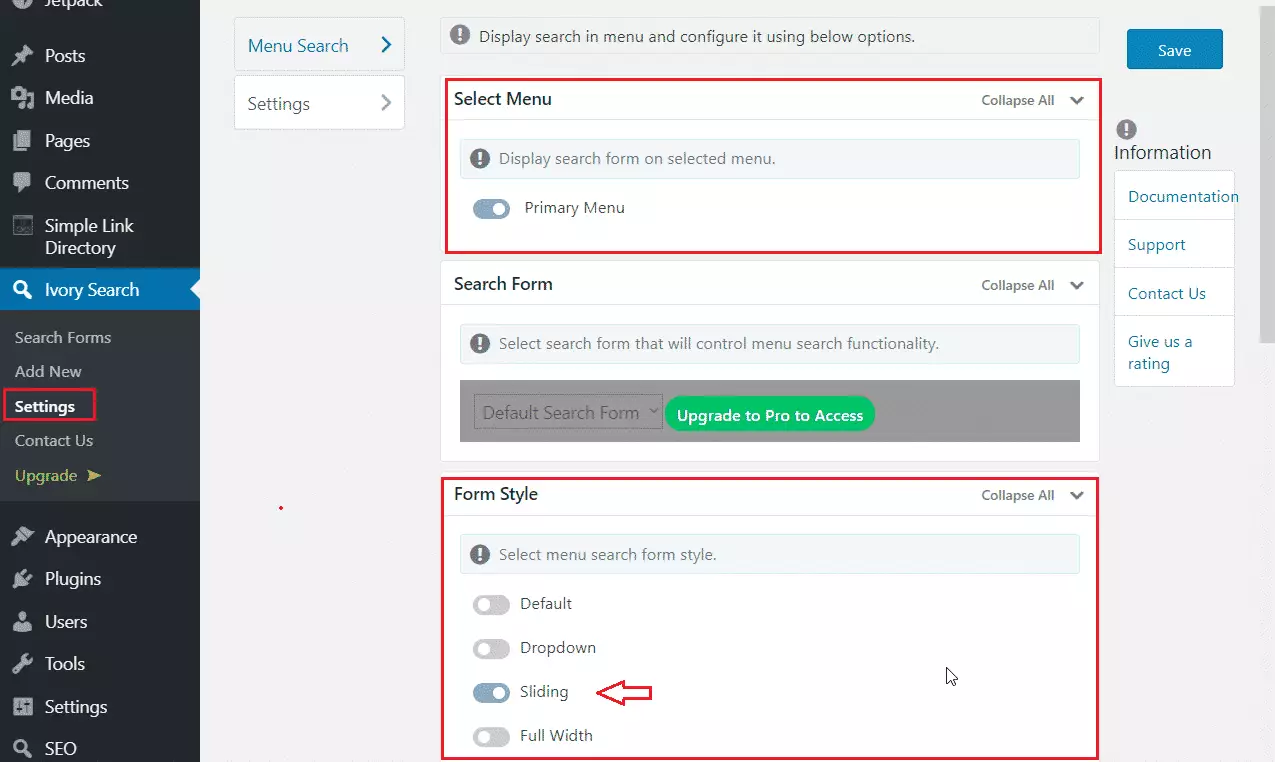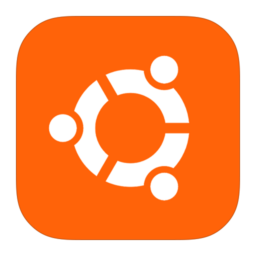-

·
Fix 413 Request Entity Too Large in WordPress
This tutorial outlines how to solve a common WordPress error – “413 Request Entity Too Large” encountered when files, media, or data upload exceeds the web server’s limit. It suggests increasing the server’s request size limit, adjusting Apache2 and PHP-FPM configurations to allow larger uploads, modifying WordPress directory permissions, and restarting Apache2 to apply these…
-

·
Increase File Upload Limit in Nginx for WordPress
This tutorial guides students and new users on how to fix the common WordPress error “413 Request Entity Too Large” when uploading files via Nginx. The error arises from attempting to make a request larger than the server limit. The solution includes adjusting the server settings to process larger requests, modifying the WordPress directory permissions,…
-

·
How to Stop | Prevent Searching Engines from Crawling WordPress Sites
This tutorial guides students or new users on how to prevent search engines from indexing or crawling WordPress websites. Reasons for this could include a site still under development or hosting sensitive information. WordPress has settings for discouraging indexing, although it’s ultimately up to web crawlers to respect this. Additionally, password protecting the whole site…
-

·
How to Disable WordPress Comments Notifications
The post instructs on disabling WordPress comment notifications, a feature initially designed to promote user engagement but can sometimes overwhelm site administrators. The guide is particularly useful for new users and site admins facing issues with spam. The process involves navigating to settings, unchecking the relevant boxes on the discussion page, and saving changes. Although…
-

·
How to Allow Users to Edit or Delete their WordPress Comments
The Simple Comment Editing plugin allows anonymous users to edit or delete their WordPress comments for a brief period. It is useful for blogs with a high number of comments, enabling users to correct mistakes post-publication. Installing and using the plugin is straightforward, offering a variety of features like setting a comment timer, enabling unlimited…
-

·
How to Install Google Site Kit Plugin on WordPress
Google Site Kit, a plugin for WordPress sites, combines Google Analytics, Search Console, PageSpeed Insights, and AdSense into one interface. The plugin enables seamless verification, configuration, reporting, and performance auditing across the different Google tools. Currently in beta, Site Kit is available for developers to test, although it’s not recommended for installation on production websites.
-

·
WordPress Maximum Execution Time Exceeded Solutions on Ubuntu Linux
The post provides a guide on how to resolve a common WordPress error: ‘Fatal error: Maximum execution time of 30 seconds exceeded.’ This occurs when a PHP code in WordPress takes too long to run and exceeds the maximum time limit set on the server. Solution procedures for both dedicated server hosting and shared hosting…
-

·
How to Add Header or Footer Code and Scripts in WordPress
New and amateur WordPress users can add codes and scripts to their site headers or footers using the Insert Headers and Footers plugin, rather than manually editing the site’s theme files. This method is safer and more efficient, keeping inserted codes in place even when the theme is updated, thereby preventing mistakes and repeated work.
-

·
How to Add Search Form to WordPress Main Menu
Many excellent and popular WordPress themes don’t automatically add a search button or form to the main menu for desktops and mobile devices. Although these themes have great features, and you’d like to continue using them to run your blogs without the search bar in the menu, the only other option is to add the…
-

·
How to Install WordPress with Apache and Cloudflare on Ubuntu Linux
This article provides comprehensive instructions to install WordPress with Apache2 HTTP server and Cloudflare for CDN and SSL protection. The guide covers topics such as signing up for Cloudflare and setting up DNS, installing WordPress, configuring Apache2 HTTP server, installing MariaDB Database Server and PHP 7.2, creating WordPress Database, downloading the latest WordPress release, configuring…
Tag: WordPress
Welcome to the world’s most popular website builder.
